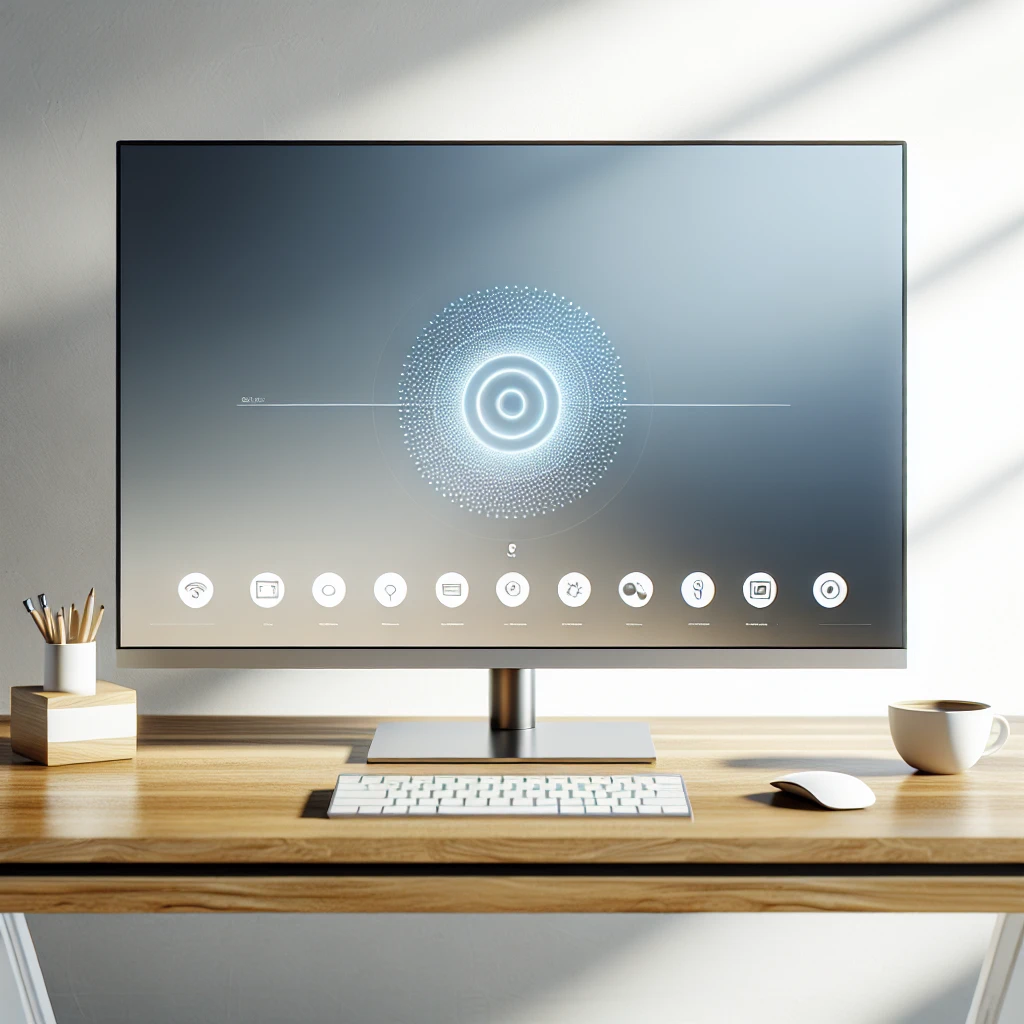In today’s rapidly advancing technological world, smart devices have become an integral part of our daily lives. One such innovation is the smart plasma monitor. This piece of technology blends traditional plasma display technology with modern smart features, providing users with a rich viewing experience coupled with interactivity and connectivity.
In essence, a smart plasma monitor is a type of display that uses plasma technology for vivid picture quality and integrates smart features, such as internet connectivity, streaming apps, and enhanced user interfaces. Below, we explore the essential features, benefits, and applications of smart plasma monitors.
What is a Plasma Monitor?
Before diving into smart plasma monitors, it’s crucial to understand what a plasma monitor is. Plasma monitors use small cells containing electrically charged ionized gases, or plasmas, to produce images. Here are some key elements:
| Feature | Description |
|---|---|
| Image Quality | High contrast ratio and deep black levels for vivid images |
| Viewing Angles | Wide viewing angles with little color distortion |
| Response Time | Fast response time, suitable for fast-action scenes |
What Makes a Plasma Monitor ‘Smart’?
The integration of smart features distinguishes smart plasma monitors from traditional plasma displays:
- Internet Connectivity: Access the internet via built-in Wi-Fi or Ethernet ports.
- Streaming Services: Integrated apps for platforms such as Netflix, Hulu, and more.
- User Interface: Enhanced graphical interfaces for easier navigation.
- Voice Control: Compatibility with voice assistants like Alexa and Google Assistant.
- Screen Mirroring: Capability to mirror or cast content from smartphones and other devices.
Benefits of Smart Plasma Monitors
Smart plasma monitors offer a range of advantages:
- Superior Picture Quality: Plasma technology ensures vibrant colors and deep contrasts.
- Enhanced Entertainment: Access to a plethora of streaming content directly on the monitor.
- Multifunctionality: Stream, browse, and manage various apps with ease.
- Voice Interaction: Hands-free control via voice commands simplifies usage.
- Seamless Integration: Work in tandem with other smart home devices.
Applications of Smart Plasma Monitors
These monitors find applications across various domains:
- Home Entertainment: Enhance the home theater experience with rich visuals and smart features.
- Gaming: Ideal for gamers due to fast response times and high-quality graphics.
- Business: Useful for presentations, digital signage, and video conferencing in corporate environments.
- Education: Facilitates remote learning and interactive teaching sessions.
- Public Spaces: Suitable for digital displays in airports, hotels, and retail outlets.
Comparison with Other Display Technologies
It’s helpful to compare smart plasma monitors with other display technologies:
| Display Type | Advantages | Disadvantages |
|---|---|---|
| LCD | Lower energy consumption, lightweight | Narrow viewing angles, limited contrast |
| LED | Energy-efficient, long lifespan | Expensive, risk of backlight bleeding |
| OLED | Excellent color accuracy, thin form factor | Screen burn-in, costly |
Future of Smart Plasma Monitors
As technology advances, smart plasma monitors continue to evolve. Innovations may include:
- Enhanced AI Integration: Smarter interfaces with advanced AI capabilities.
- Energy Efficiency: Improved energy consumption ratings.
- Better Resolution: Higher resolutions such as 8K for even more detailed displays.
- More Interactivity: Greater integration with IoT devices and services.
Concluding, smart plasma monitors represent a fusion of high-quality display technology and modern smart functionalities. These monitors offer superior user experiences by seamlessly integrating entertainment, productivity, and connectivity into a single device. Despite some challenges, their benefits make them a valuable addition to any smart home or business setup.

